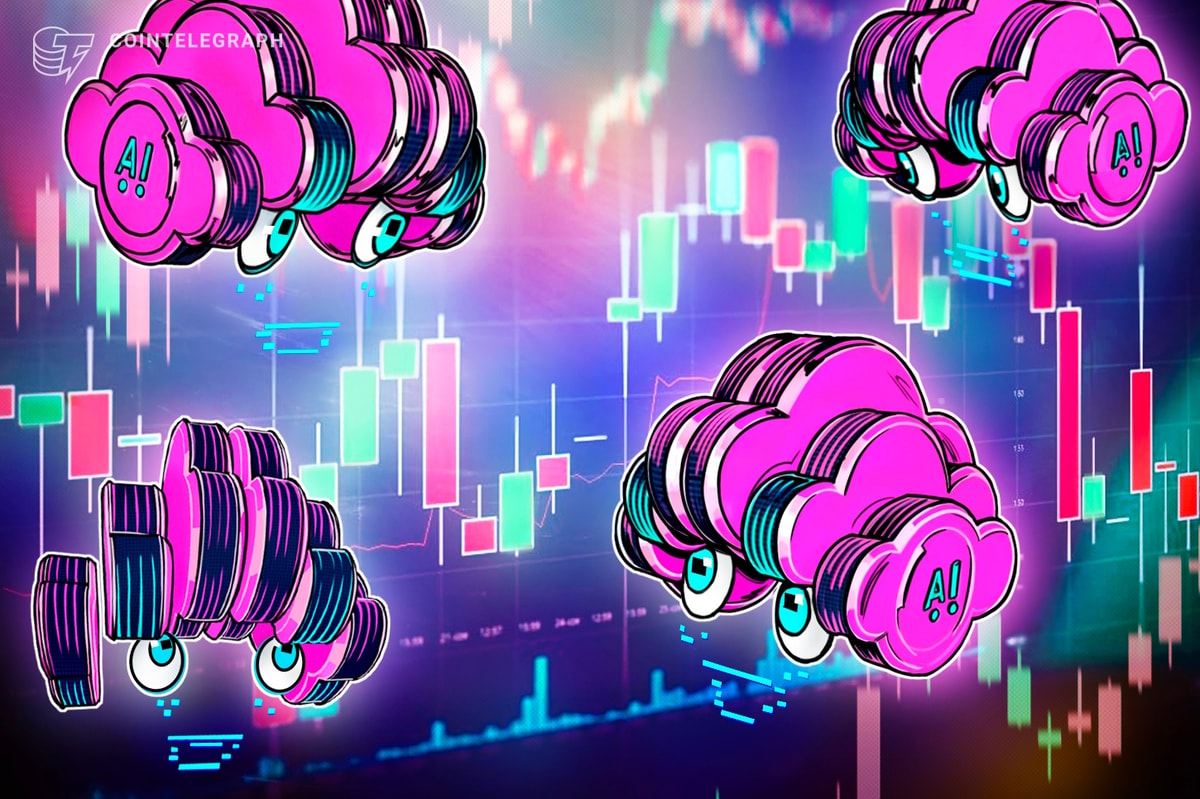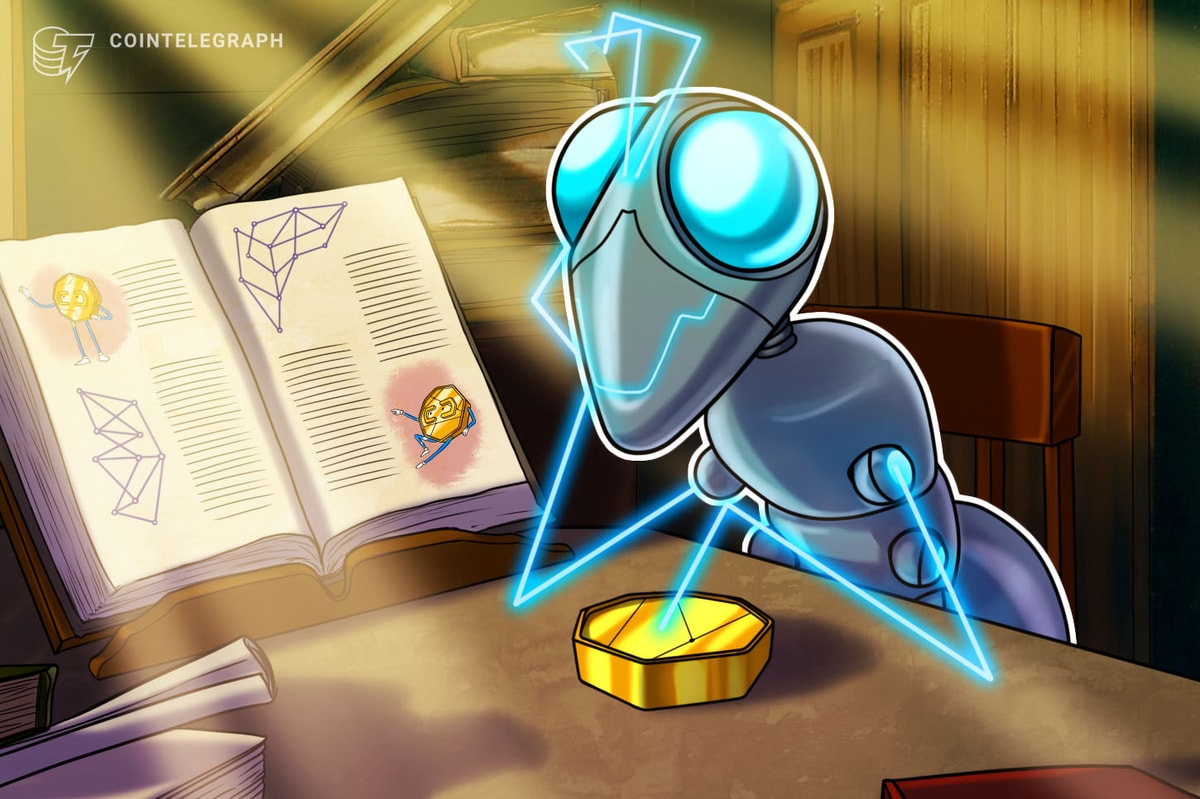AI trading bots surge in popularity, but experts warn they’re not ‘money printers’
3 min read
AI-powered trading bots are rapidly gaining attention across crypto markets, sparking both excitement and unease among traders hoping to automate their strategies. But industry experts say most people still misunderstand what these bots can and cannot do and why specialized trading AIs behave very differently from general-purpose tools like ChatGPT.
This week’s episode of Byte-Sized Insight dives into the rise of AI trading tools, the hype behind them and the risks investors should consider before trusting automated systems with their capital.
Beating the market
Brett Singer, sales and research lead at Glassnode, and Nodari Kolmakhidze, chief financial officer and partner of Cindicator — which built Stoic.AI — are two professionals working directly at the helm of the data, algorithms and traders shaping the next generation of AI-driven strategies.
Singer explained that the real power of AI in trading isn’t magical decision-making; rather, it’s data processing.
“People create these models that can explore an entire database within a day or two and be able to develop and create these trading strategies.”
He noted that Glassnode’s new Claude-powered MCP server has made advanced analytics much more accessible: “It can pull directly from our database and be able to answer really complex questions… within minutes and seconds.”
Related: OpenAI unveils ChatGPT ‘Pulse’ — Could it help you trade crypto?
But Singer cautioned that most AI bots still fall short in realistic market conditions. “In the most part, they did not beat the market,” he said, pointing out that many rely on shallow backtests or single-signal strategies that lack the robustness used by professional quant desks.
Generic vs. specialized AI
Beating the market may also not be in the realm of general-purpose AI models like the wildly popular ChatGPT. Instead, that would be more likely with a highly specialized bot designed specifically for the task. Kolmakhidze, who builds specialized trading AIs, drew a line between chatbots and models engineered for markets.
“There’s a big difference between… specialized training models and general purposes,” he said, arguing that expecting a chatbot trained on text to execute profitable strategies is unrealistic. Trading, he emphasized, is notoriously difficult even for top hedge funds.
Kolmakhidze also warned that many traders expect AI bots to be automatic profit machines:
“The biggest misconception is that AI bot is like money printer… It’s not like that.”
Market regimes shift, and even strong models can quickly break down when volatility or momentum structures change. “They are good at predicting past but not the future,” he noted, stressing the need for careful oversight and long-term evaluation.
Both experts ultimately agreed that the future isn’t AI replacing traders; it’s AI enhancing them. As Singer put it, today’s AI functions more like “an associate or an intern that can work 24 hours a day” but still requires human judgment.
Listen to the full episode of Byte-Sized Insight for the complete interview on Cointelegraph’s Podcasts page, Apple Podcasts or Spotify. And don’t forget to check out Cointelegraph’s full lineup of other shows!
Magazine: Everybody hates GPT-5, AI shows social media can’t be fixed







